
Robert Grosseteste and the Medieval Roots of the Science-Spirituality Dialogue
Robert Grosseteste (c. 1175-1253) was an English theologian, philosopher, and scientist who played a significant role in the development of scientific thought in medieval Europe. His ideas about the nature of light, the cosmos, and the relationship between God and creation can be seen as early precursors to the modern science-spirituality dialogue.
Grosseteste’s Theory of Light
One of Grosseteste’s most influential ideas was his theory of light, which he saw as the fundamental principle underlying all of creation. According to Grosseteste, light was the first form created by God, and all other forms in the universe were derived from it through a process of multiplication and rarefaction.
Grosseteste believed that light had a special metaphysical status, as it was both a physical substance and a spiritual reality. He argued that the divine light of God was the source of all illumination, both physical and intellectual, and that the study of light could lead to a deeper understanding of both the natural world and the divine nature.
Grosseteste’s Cosmology
Grosseteste’s theory of light was closely related to his cosmology, which he developed in his treatise “De luce” (On Light). In this work, Grosseteste argued that the universe was created through a process of divine illumination, in which the infinite light of God was diffused through a series of celestial spheres, each of which was characterized by a different degree of luminosity.
Grosseteste’s cosmology was based on a hierarchical model of the universe, with God at the top and the earth at the bottom. He believed that the higher celestial spheres were more perfect and more luminous than the lower ones and that the earth was the least perfect and least luminous of all.
Grosseteste’s Scientific Method
Grosseteste was also an early advocate of the scientific method, which he saw as a way of investigating the natural world through observation, experimentation, and rational analysis. He argued that the study of nature could lead to a deeper understanding of God’s creation and that the use of reason and empirical evidence was essential for the advancement of knowledge.
Grosseteste’s scientific method was based on a combination of inductive and deductive reasoning, in which general principles were derived from specific observations and then used to make predictions about other phenomena. He also emphasized the importance of mathematics in the study of nature, arguing that the book of nature was written in the language of geometry.
Grosseteste’s Influence and Legacy
Grosseteste’s ideas about light, cosmology, and the scientific method had a significant influence on later thinkers, including Roger Bacon, John Duns Scotus, and William of Ockham. His emphasis on the importance of observation and experimentation laid the groundwork for the development of modern science, while his theory of light and his cosmology can be seen as early attempts to integrate scientific and spiritual perspectives.
In many ways, Grosseteste’s thought can be seen as a precursor to the modern science-spirituality dialogue, as he sought to understand the relationship between the natural world and the divine nature through a combination of rational inquiry and spiritual contemplation. His ideas about the metaphysical status of light, the hierarchy of the cosmos, and the use of reason and empirical evidence in the study of nature anticipate many of the themes and approaches that have emerged in the contemporary dialogue between science and spirituality.
At the same time, Grosseteste’s thought was deeply rooted in the medieval worldview, with its emphasis on the authority of scripture and the church, and its hierarchical and geocentric model of the cosmos. His ideas about the nature of light and the structure of the universe were ultimately superseded by the scientific revolutions of the 16th and 17th centuries, which challenged many of the fundamental assumptions of medieval thought.
Nevertheless, Grosseteste’s contributions to the development of scientific thought and his attempts to integrate scientific and spiritual perspectives can be seen as an important historical antecedent to the modern science-spirituality dialogue. His emphasis on the importance of observation, experimentation, and rational analysis in the study of nature, as well as his belief in the unity and intelligibility of creation, continue to resonate with many contemporary thinkers and researchers who are seeking to bridge the gap between science and spirituality.
Grosseteste’s Legacy in the Science-Spirituality Dialogue
Grosseteste’s ideas about light, cosmology, and the scientific method can be seen as early contributions to the ongoing dialogue between science and spirituality. While his specific theories and models have been superseded by more recent scientific discoveries, his general approach and underlying assumptions continue to resonate with many contemporary thinkers and researchers.
One of the key themes in Grosseteste’s thought that is relevant to the modern science-spirituality dialogue is his emphasis on the unity and intelligibility of creation. Grosseteste believed that the natural world was a manifestation of the divine nature and that the study of nature could lead to a deeper understanding of God. This belief in the fundamental unity of science and spirituality is shared by many contemporary thinkers, who argue that the two disciplines are ultimately seeking to understand the same underlying reality.
Another important theme in Grosseteste’s thought that is relevant to the modern dialogue is his emphasis on the use of reason and empirical evidence in the study of nature. Grosseteste was an early advocate of the scientific method, and he believed that the advancement of knowledge required a combination of observation, experimentation, and rational analysis. This emphasis on the importance of empirical evidence and logical reasoning is a key feature of modern science, and it has also been embraced by many contemporary spiritual thinkers who seek to integrate scientific and spiritual perspectives.
Finally, Grosseteste’s theory of light and his cosmology, while ultimately superseded by more recent scientific theories, can be seen as early attempts to develop a holistic and integrated understanding of the universe. Grosseteste believed that light was the fundamental principle underlying all of creation, and he sought to understand the structure and dynamics of the cosmos in terms of the diffusion and rarefaction of light. While his specific models may no longer be valid, his general approach of seeking to understand the universe in terms of a single, unifying principle is still relevant to many contemporary scientific and spiritual thinkers.
Integrating Grosseteste’s Thought into the Contemporary Dialogue
While Grosseteste’s specific ideas and theories may no longer be directly applicable to the contemporary science-spirituality dialogue, his general approach and underlying assumptions can still provide valuable insights and inspiration for modern thinkers and researchers.
One way in which Grosseteste’s thought could be integrated into the contemporary dialogue is by highlighting his emphasis on the unity and intelligibility of creation. Many contemporary thinkers, such as physicist David Bohm and philosopher Ken Wilber, have argued for the need to develop a more holistic and integrated understanding of reality, one that recognizes the fundamental unity of matter, mind, and spirit. Grosseteste’s belief in the metaphysical status of light and his attempt to understand the cosmos in terms of a single, unifying principle can be seen as an early precursor to these more recent attempts to develop a unified theory of reality.
Another way in which Grosseteste’s thought could be integrated into the contemporary dialogue is by emphasizing his commitment to the scientific method and his belief in the importance of observation, experimentation, and rational analysis in the study of nature. While Grosseteste’s specific scientific theories and methods may no longer be valid, his general approach of seeking to understand the natural world through a combination of empirical evidence and logical reasoning is still highly relevant to contemporary science. By highlighting Grosseteste’s early contributions to the development of the scientific method, modern thinkers and researchers can help to bridge the gap between science and spirituality by showing how the two disciplines share a common commitment to the pursuit of knowledge and understanding.
Finally, Grosseteste’s theory of light and his cosmology, while no longer scientifically valid, can still serve as a source of inspiration and creativity for contemporary thinkers and researchers. Grosseteste’s attempt to understand the universe in terms of the diffusion and rarefaction of light, and his belief in the metaphysical status of light as both a physical substance and a spiritual reality, can inspire modern thinkers to develop new and creative approaches to understanding the nature of reality. By drawing on Grosseteste’s ideas and insights, while also subjecting them to rigorous scientific and philosophical analysis, contemporary thinkers and researchers can help to push the boundaries of both science and spirituality and to develop new and innovative ways of understanding the world around us.
Grosseteste’s Place in the Spiral of Complexity and Emergence
Ultimately, Grosseteste’s thought can be seen as an important historical antecedent to the modern science-spirituality dialogue, one that anticipates many of the key themes and approaches that have emerged in recent years. By highlighting his contributions and integrating his ideas into the contemporary dialogue, modern thinkers and researchers can help to enrich and deepen our understanding of the relationship between science and spirituality, and to develop new and creative approaches to the study of reality.
At the same time, it is important to recognize that Grosseteste’s thought was deeply rooted in the medieval worldview, and that his ideas and theories were ultimately superseded by the scientific revolutions of the 16th and 17th centuries. As such, his contributions to the science-spirituality dialogue should be seen not as a final or definitive statement, but rather as one step in an ongoing process of intellectual and spiritual discovery.
This process can be understood in terms of the concept of emergence, which is a key theme in both complexity science and the study of consciousness. Emergence refers to the way in which complex systems and phenomena can arise from the interactions of simpler components, and how the properties and behaviors of the whole cannot be fully explained or predicted by the properties and behaviors of the parts.
In the case of the science-spirituality dialogue, the emergence of new ideas and approaches can be seen as a result of the complex interactions and feedback loops between different disciplines, traditions, and ways of knowing. Each new contribution, whether it comes from a medieval theologian like Grosseteste or a contemporary physicist like David Bohm, adds to the overall complexity and richness of the dialogue, and helps to create the conditions for the emergence of new and unexpected insights and discoveries.
As such, Grosseteste’s thought can be seen as one thread in a larger tapestry of ideas and approaches that have contributed to the ongoing evolution of the science-spirituality dialogue. By weaving his contributions into the larger fabric of the dialogue, and by recognizing the complex and dynamic nature of the process, modern thinkers and researchers can help to create a more comprehensive and nuanced understanding of the relationship between science and spirituality, one that is both deeply rooted in history and tradition, and also open to new and emerging possibilities.
This process of integration and emergence is not always easy or straightforward, and it requires a willingness to engage in ongoing dialogue and debate, to challenge and revise existing assumptions and paradigms, and to remain open to new and unexpected insights and discoveries. But by embracing this process, and by drawing on the rich and diverse heritage of thinkers and traditions that have contributed to the science-spirituality dialogue over the centuries, we can continue to deepen our understanding of the nature of reality, and to develop new and creative approaches to the study of both the natural world and the human spirit.
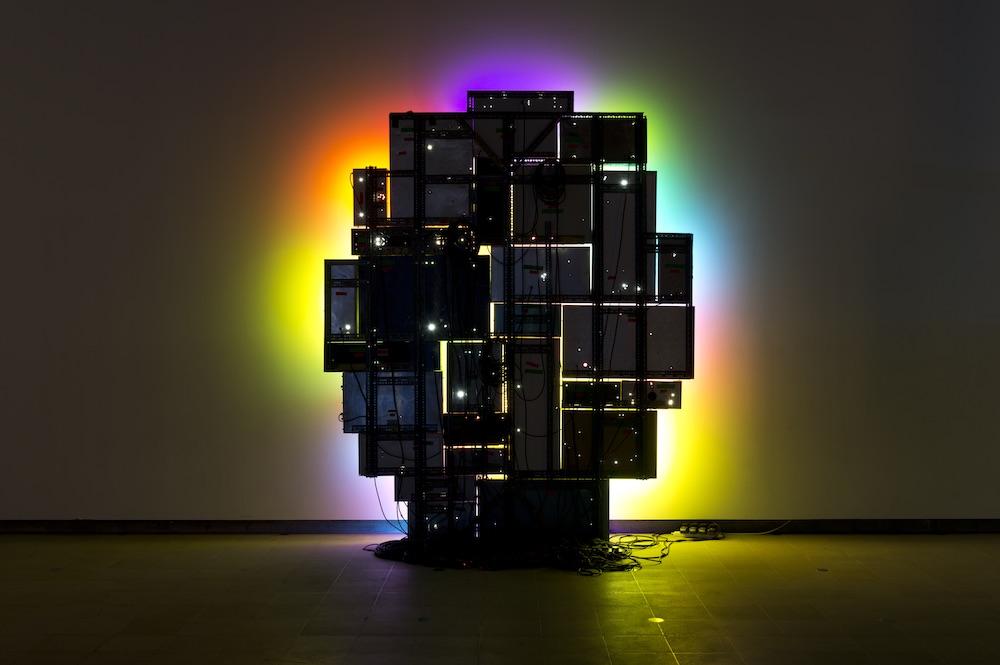
The Role of Intuition in Scientific Discovery
Throughout the history of science, many groundbreaking discoveries and theories have originated from moments of intuition, inspiration, or sudden insight. These flashes of understanding often precede the development of rigorous empirical theories and experiments, suggesting that intuition plays a crucial role in the scientific process.
Examples of Intuitive Insights in Science
One famous example of intuitive insight in science is the story of Friedrich August Kekulé, a German chemist who discovered the ring structure of benzene. According to Kekulé, the idea came to him in a dream, where he saw a snake biting its own tail, forming a ring. This intuitive vision led him to propose the cyclic structure of benzene, which revolutionized the field of organic chemistry.
Another example is Albert Einstein’s theory of relativity, which emerged from his thought experiments and intuitive reasoning about the nature of space, time, and gravity. Einstein’s insights were later confirmed through empirical observations and mathematical formulations, but the initial spark of understanding came from his intuitive grasp of the underlying principles.
The Relationship Between Intuition and Empirical Science
These examples suggest that intuition and empirical science are not mutually exclusive, but rather complementary aspects of the scientific process. Intuition provides the creative spark and conceptual framework that guides the development of empirical theories and experiments, while empirical methods provide the rigorous testing and validation of intuitive insights.
In many cases, intuitive understanding arises from a deep immersion in a particular field of study, where the researcher has accumulated a vast amount of knowledge and experience. This tacit knowledge allows the researcher to make leaps of insight and to recognize patterns and connections that may not be immediately apparent through purely logical or analytical methods.
The Implications for the Future of Scientific Research
Recognizing the role of intuition in scientific discovery has important implications for the future of scientific research. It suggests that the cultivation of intuitive understanding should be an integral part of scientific education and training, alongside the development of empirical skills and knowledge.
This could involve practices such as contemplative inquiry, mindfulness, and other methods of enhancing creativity and insight. It also suggests that the scientific community should be open to unconventional or unorthodox ideas and approaches, as these may be the source of important intuitive breakthroughs.
At the same time, it is important to recognize that intuition alone is not sufficient for scientific progress, and that intuitive insights must be rigorously tested and validated through empirical methods. The challenge for future researchers is to find ways of integrating intuitive understanding with empirical science, in order to develop a more complete and comprehensive understanding of the natural world.
Implications for the Future of Psychotherapy Research
The recognition of the role of intuition in scientific discovery has particular relevance for the field of psychotherapy research. Psychotherapy is a complex and multifaceted phenomenon, involving the interplay of biological, psychological, and social factors, and the subjective experiences of both therapists and clients.
As such, the development of effective psychotherapeutic interventions and theories may require a combination of intuitive understanding and empirical research. Intuitive insights, based on clinical experience and deep knowledge of human behavior and psychology, can provide the conceptual framework and guiding principles for the development of new therapeutic approaches.
At the same time, these intuitive insights must be subjected to rigorous empirical testing and validation, in order to establish their effectiveness and generalizability. This may involve the use of randomized controlled trials, meta-analyses, and other empirical methods, as well as the incorporation of feedback and input from clients and other stakeholders.
The integration of intuition and empirical science in psychotherapy research may also require a shift in the way that research is conducted and disseminated. It may involve a greater emphasis on qualitative and mixed-methods approaches, which can capture the richness and complexity of subjective experiences and meanings. It may also involve a greater openness to unconventional or unorthodox ideas and approaches, which may be the source of important intuitive breakthroughs.
Ultimately, the future of psychotherapy research may lie in the development of a more integrative and holistic approach, which recognizes the complementary roles of intuition and empirical science in the understanding and treatment of mental health issues. By cultivating both intuitive understanding and empirical rigor, researchers can develop more effective and comprehensive approaches to psychotherapy, which can help to alleviate suffering and promote well-being for individuals and communities around the world.
Read More Depth Psychology Articles:
Taproot Therapy Collective Podcast
Jungian Topics
How Psychotherapy Lost its Way
Therapy, Mysticism and Spirituality?
What Can the Origins of Religion Teach us about Psychology
The Major Influences from Philosophy and Religions on Carl Jung
How to Understand Carl Jung
How to Use Jungian Psychology for Screenwriting and Writing Fiction
How the Shadow Shows up in Dreams
Using Jungian Thought to Combat Addiction
Jungian Exercises from Greek Myth
Jungian Shadow Work Meditation
Free Shadow Work Group Exercise
Post Post-Moderninsm and Post Secular Sacred
Bibliography:
- Polanyi, M. (1966). The Tacit Dimension. University of Chicago Press.
- Schooler, J. W., & Dougal, S. (1999). The symbiosis of subjective and experimental approaches to intuition. Journal of Consciousness Studies, 6(2-3), 280-287.
- Goldberg, P. (1983). The Intuitive Edge: Understanding and Developing Intuition. Tarcher.
- Bastick, T. (1982). Intuition: How We Think and Act. Wiley.
- Bowers, K. S., Regehr, G., Balthazard, C., & Parker, K. (1990). Intuition in the context of discovery. Cognitive Psychology, 22(1), 72-110.
- Lieberman, M. D. (2000). Intuition: A social cognitive neuroscience approach. Psychological Bulletin, 126(1), 109-137.
- Welling, H. (2005). The intuitive process: The case of psychotherapy. Journal of Psychotherapy Integration, 15(1), 19-47.
- Rea, B. D. (2001). Finding our balance: The investigation and clinical application of intuition. Psychotherapy: Theory, Research, Practice, Training, 38(1), 97-106.
- Charles, R. (2004). Intuition in Psychotherapy and Counselling. Whurr Publishers.
- Marks-Tarlow, T. (2012). Clinical Intuition in Psychotherapy: The Neurobiology of Embodied Response. W. W. Norton & Company.
Further Reading:
- Kahneman, D. (2011). Thinking, Fast and Slow. Farrar, Straus and Giroux.
- Gigerenzer, G. (2007). Gut Feelings: The Intelligence of the Unconscious. Viking.
- Myers, D. G. (2002). Intuition: Its Powers and Perils. Yale University Press.
- Klein, G. (1998). Sources of Power: How People Make Decisions. MIT Press.
- Hogarth, R. M. (2001). Educating Intuition. University of Chicago Press.
- Claxton, G. (1998). Hare Brain, Tortoise Mind: How Intelligence Increases When You Think Less. Ecco Press.
- Damasio, A. R. (1994). Descartes’ Error: Emotion, Reason, and the Human Brain. Putnam.
- Noddings, N., & Shore, P. J. (1984). Awakening the Inner Eye: Intuition in Education. Teachers College Press.
- Dossey, L. (2009). The Power of Premonitions: How Knowing the Future Can Shape Our Lives. Dutton.
- Vaughan, F. E. (1979). Awakening Intuition. Anchor Press.=
Topics
How do Therapy, Mysticism and Spirituality Intersect?
How to Use Jungian Psychology for Screenwriting and Writing Fiction
How the Shadow Shows up in Dreams
Using Jungian Thought to Combat Addiction
Jungian Shadow Work Meditation
Free Shadow Work Group Exercise
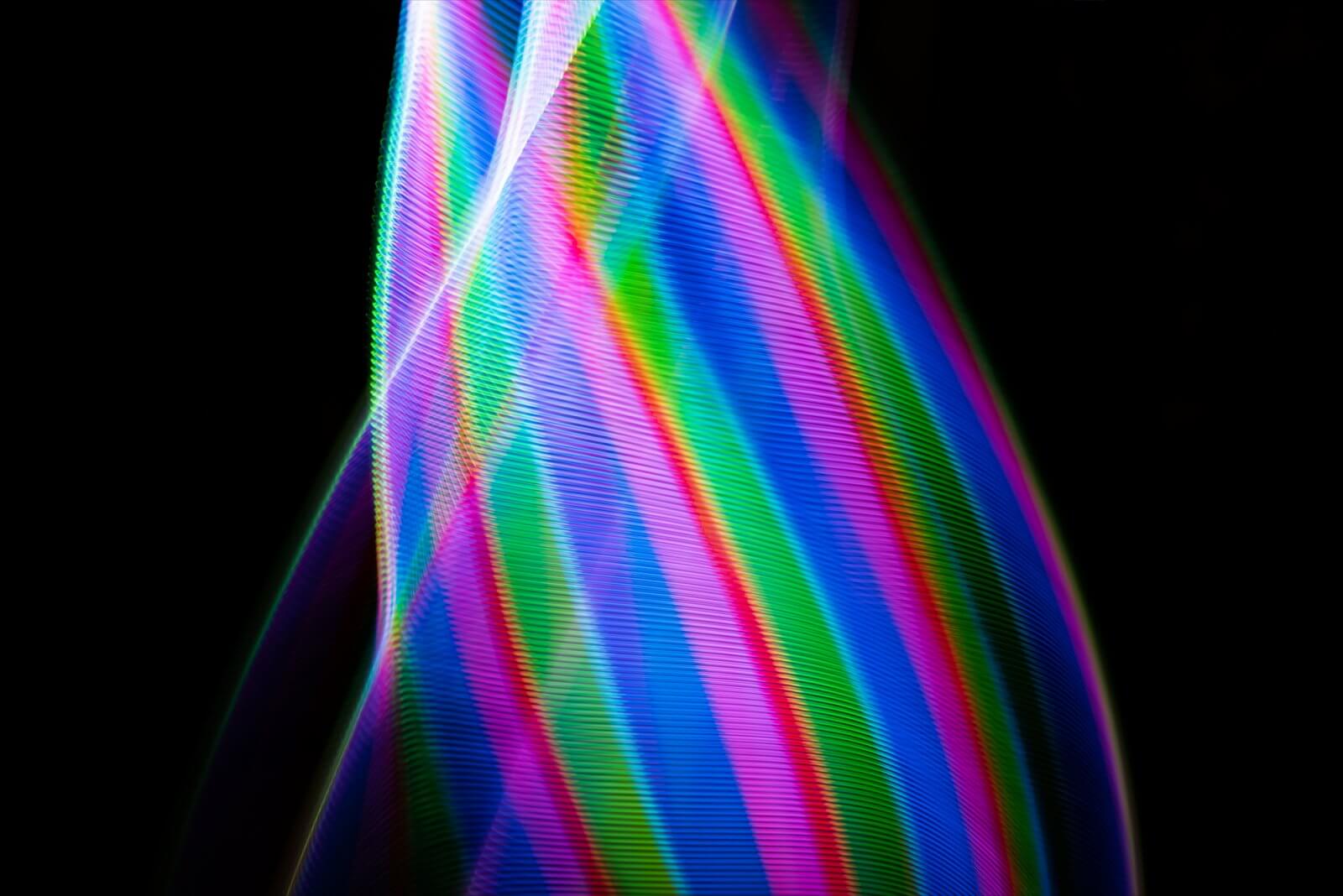

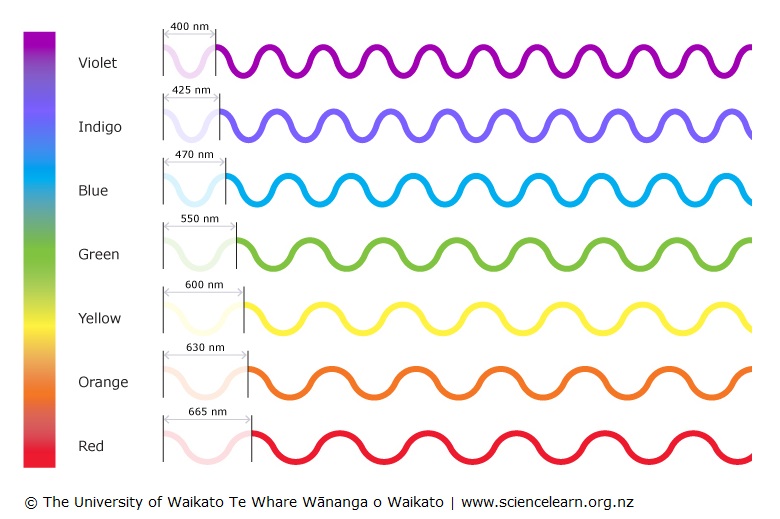
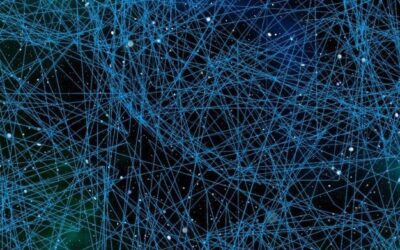
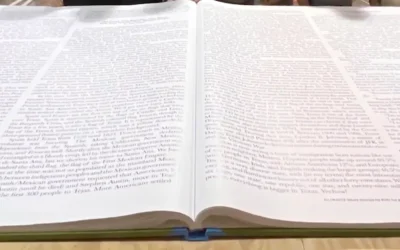

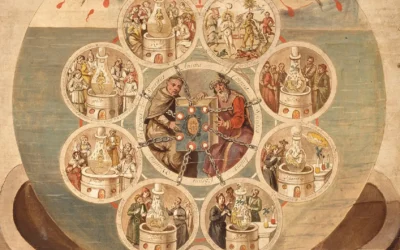
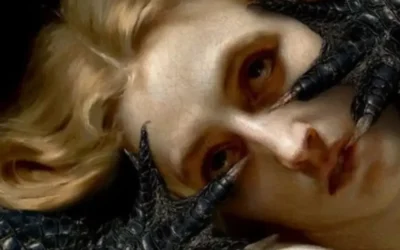



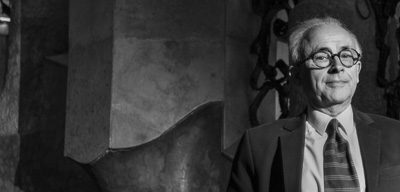
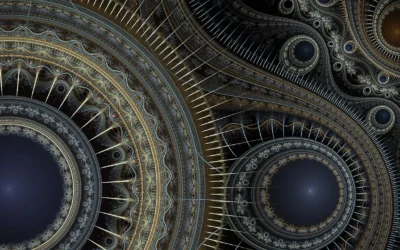



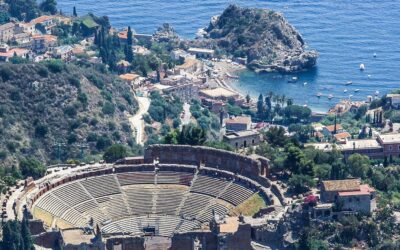
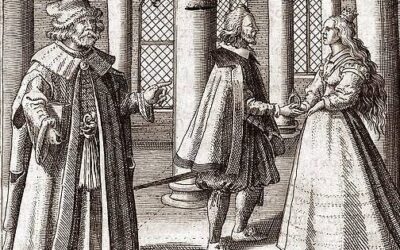
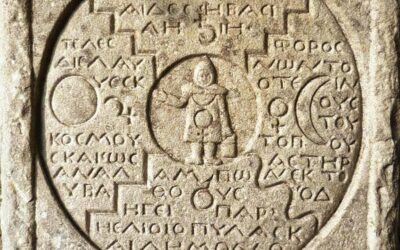
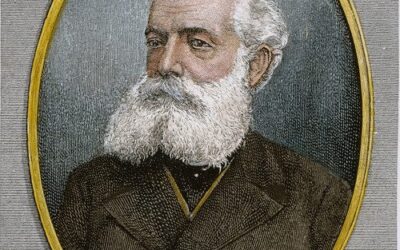
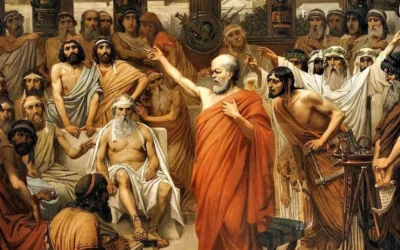
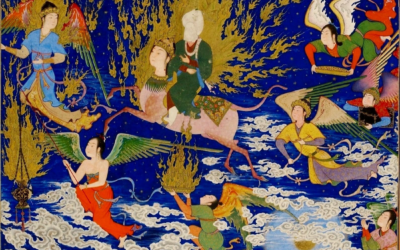
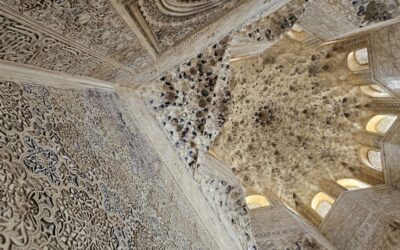
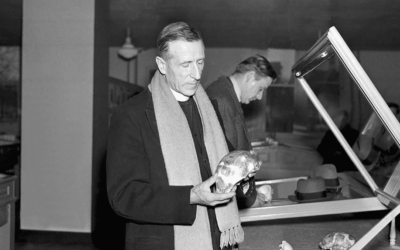
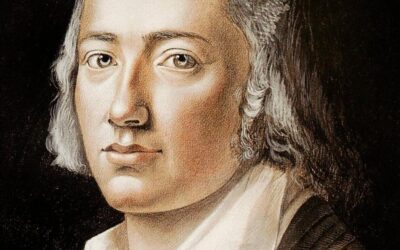
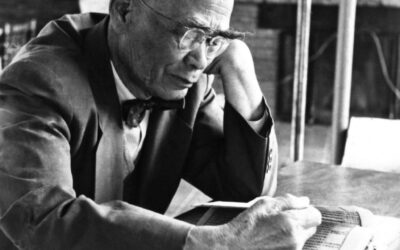

0 Comments